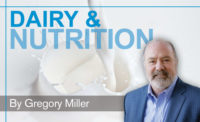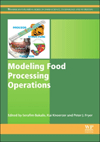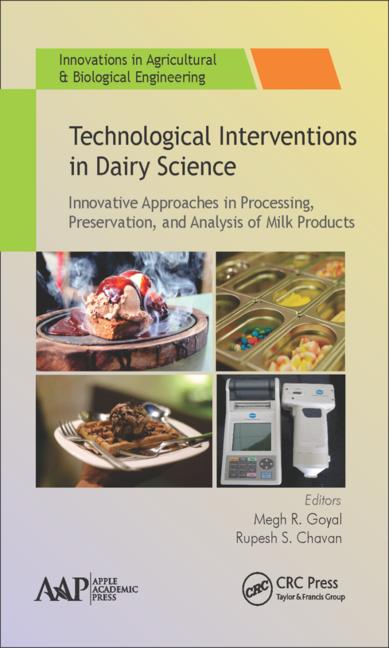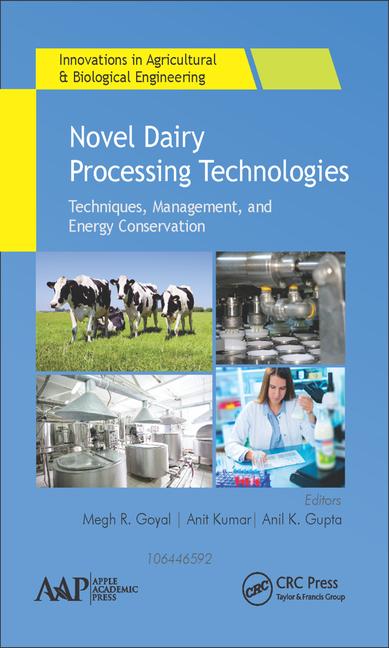U.S. dairy helps fight food insecurity
Through its commitment to providing milk for school lunches, food banks and more, the industry is helping to end hunger.

The United Nations reports that nearly 40% of the world’s population — 3 billion people — cannot afford a healthy diet. This has far-reaching effects on all forms of malnutrition, including obesity.
To someone who has spent a career focused on nutrition and represents dairy farmers who work every day to produce a steady supply of nutritious milk, these figures are beyond troubling. This is why food and nutrition insecurity remains a priority for National Dairy Council (NDC) and the U.S. dairy community. Here are three ways the dairy checkoff and our industry colleagues are making a difference.
Providing school milk
Schools remain an important place to ensure kids don’t go hungry. In 2019, U.S. schools served 4.87 billion meals to 30 million children who participate in the lunch program. With milk offered at every meal, dairy’s nutrients are helping young children grow and develop.
About 3.6 billion pounds of dairy products were served for breakfast, lunch, and summer meal programs that same year. Students who eat school meals are more likely to consume milk, fruits, and vegetables than those who eat elsewhere, according to USDA.
Checkoff-led programs such as Fuel Up to Play 60 help drive awareness of health and wellness, and the checkoff-founded GENYOUth generates funding for this effort. Additionally, GENYOUth’s End Student Hunger Fund raised more than $12 million in cash and in-kind resources for 10,000 schools that applied for grants during the pandemic.
Giving to food banks
Dairy farmers began a partnership with Feeding America in 2012 to ensure dairy was available to nourish people in need. The organization estimates that 42 million Americans, including 13 million children, may face food insecurity in 2021.
National and local checkoff teams, along with dairy companies and other organizations, helped move 664 million pounds of dairy into Feeding America’s network of 200 food banks during its recent fiscal year. This is an increase of 195 million pounds from the previous year.
Being a sustainable food source
Finally, on the global front, I have had the opportunity to engage with my peers in many countries to find solutions to address food and nutrition insecurity. The issue was a focus of the recent United Nations Food Systems Summit. Its goal was to make food production and consumption more sustainable as we seek to nourish people amid unprecedented population growth of close to 10 billion by 2050.
The U.S. dairy industry was engaged throughout the process and continues its commitment to being part of transforming food systems to be better for people, communities, and the planet.
These steps are making a difference, but we know there is much more work to be done. Thankfully, the U.S. dairy industry remains committed to finding more ways we can help tame food insecurity.
Gregory D. Miller, Ph.D., is global chief science officer for National Dairy Council.
Looking for a reprint of this article?
From high-res PDFs to custom plaques, order your copy today!







